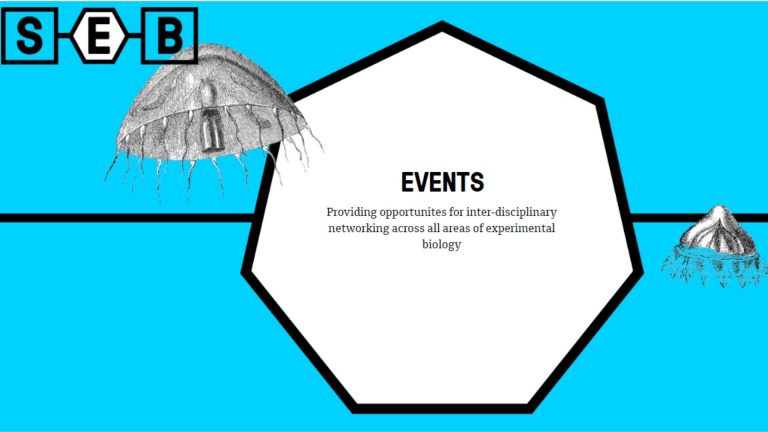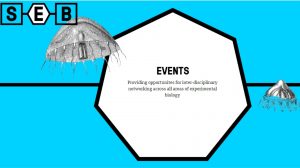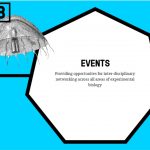
SEB Events
Table of Contents
Gone are the simpler days where scientists could isolate and focus solely on their work, engaging exclusively with other members of the science community and scholarly journals. In today’s digital age both the opportunity and expectations exist for scientists to build their personal and institution’s brand, bring relevance, awareness, and most importantly authenticity to their work by engaging directly with the public.
The ability to more easily disseminate research has created tremendous opportunities and increased the speed of scientific progress, but has also led to an explosion of inaccurate scientific material online. For example, anyone can make a YouTube video on the “science” behind their new diet regime, or write a blog post on why 5-G causes COVID-19, or write a Facebook post that goes viral about why vaccinations cause autism. This makes it even more important that scientists convey their own research to the public giving them a reliable source of accurate information, and debunking myths that spring up. This can empower the public and broaden attitudes.
The increased need to engage directly with the public has hit many scientists off-guard and requires new skills and strategies.
What is Public engagement
Public engagement is the intentional meaningful interaction between the science community and the lay public. This interaction will lead to mutual learning between scientists and members of the public. And by mutual learning, this means acquiring knowledge and gaining familiarity with multifarious perspectives, frames, and worldviews. (Ref. 1)
What it means to the public
Public engagement is crucial and timely. It serves as a constructive platform for dialogue and exchange between the public and the scientific community. Not only will the lay public get a grip of a scientific milestone but they will also be aware of the plausible risks over benefits that it may incur. Inquiries and anxieties will also be addressed forthwith.
What it means to the biology community
Scientists are aware of the traditional approach wherein they communicate their research to the members of the scientific community by attending conferences and publishing scientific papers. Increasingly there are more opportunities to engage with the public, for instance, through interviews with the news and media, interactions with the public at science fairs, and public lectures at museums, universities, and libraries. According to some studies, scientists who are active in public communication, especially social media, may benefit from an increase in scientific impact (Ref.1). With these approaches, they can leverage their resources and make their work known to a wider audience and ensure that their research is relevant to society and wider social concerns. For this reason, demonstrating public engagement has become an important requisite in grant applications. Through public engagement opportunities, the public and the governments will be able to grasp the importance and the impact of research, consequently, helping them to make informed decisions on which areas they would like to see their money spent.
SEB Events and Webinars
Public engagement has created a tremendous opportunity for researchers and scientists to connect to the public. The Society for Experimental Biology (SEB) is out in front of this trend. SEB, a learned society established at Birkbeck College, University of London in 1923, held two webinars in public engagement in July 2020: Public Engagement 101: The what, why, and how of public engagement and Three Minute Pitch: developing your elevator pitch to summarise the highlights of your work in three minutes.
The Public Engagement 101 webinar was an opportunity to learn different methods of engagement, particularly about targeting audiences and tailoring engagement activities to them. The Three Minute Pitch webinar was an interactive workshop for developing communication and presentation skills by learning the different strategies to effectively communicate your research to a new audience in a short span of time. Be sure to regularly check SEB Events for any upcoming meetings and webinars. Make your work accessible not just by scientists but by people outside the scientific community as well and know how to communicate your work and explore the role of public engagement in our society.
SEB also holds an annual conference, bringing scientists together from across the globe. This will be a timely opportunity to form collaborations and share knowledge with the members of the community. They also provide career development workshops and resources for early career scientists. To know more details, visit their website.
References:
- Why Public Engagement Matters. (2019). American Association for the Advancement of Science. https://www.aaas.org/resources/communication-toolkit/what-public-engagement#:~:text=Public%20engagement%20with%20science%20describes,and%20members%20of%20the%20public.

